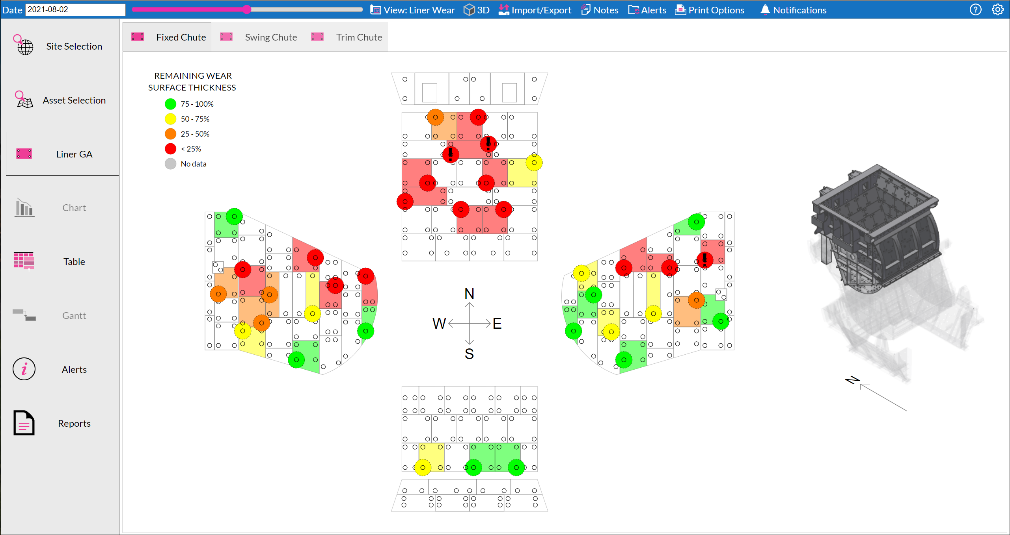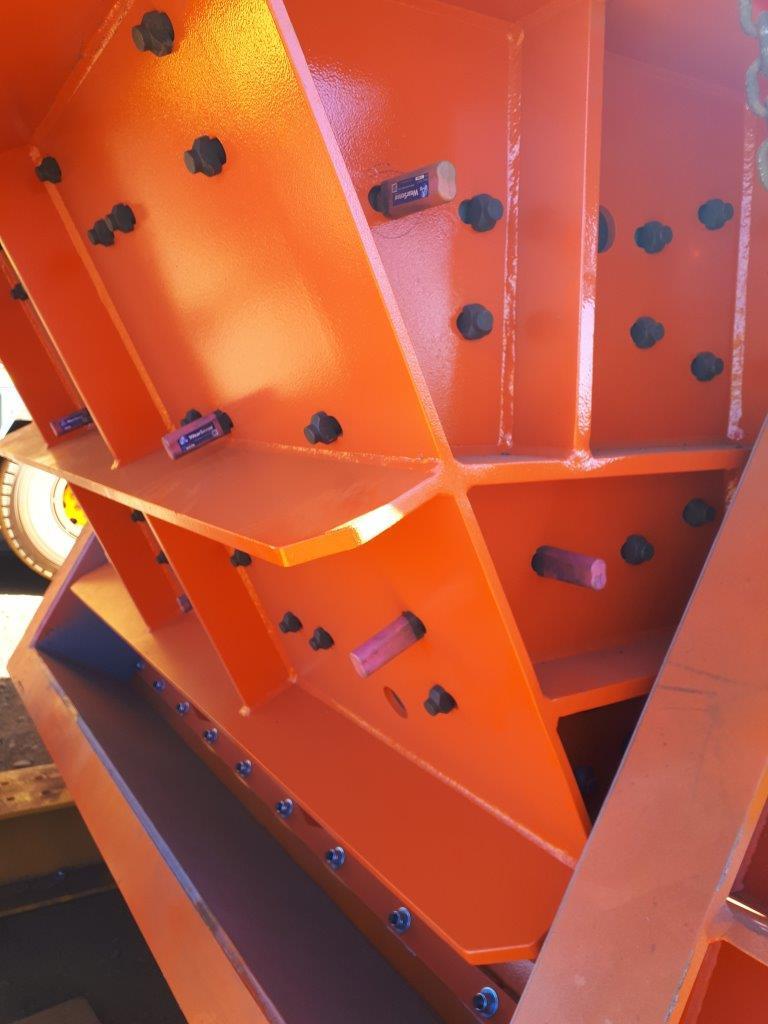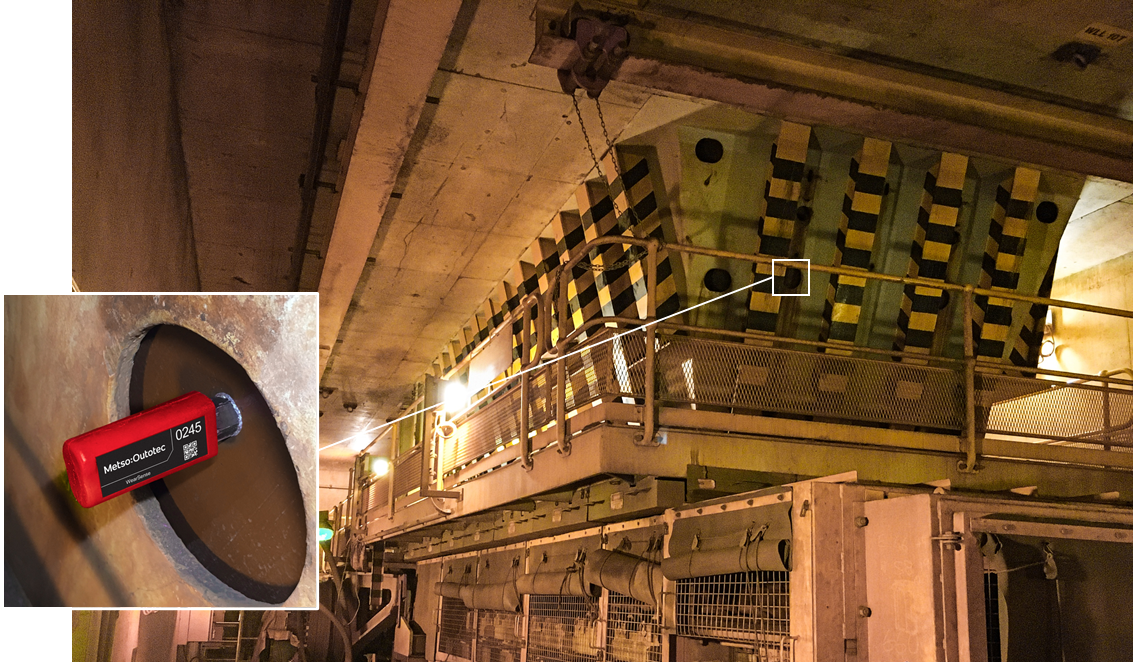A common asset maintenance problem across the mining and metals industry is the predictive maintenance of wear liners. Traditionally, the erosion of wear liners could only be measured by ultrasonic thickness measurement or by manual inspection during shutdowns – a costly process in terms of lost production, inventory cost and worker safety risk.
Customer examples – manual maintenance costly and inefficient
Sometimes the issue is the type of liner material or how it is used. In one example, a Metso Outotec customer had issues with holes being worn in their train load-out chutes. Due to the location of the chute the only way to assess liner wear was a shutdown and manual inspection, however the type of liner material being used also made it difficult to measure the liner thickness using conventional ultrasonic testing (UT).
For another customer, the chromium carbide wear liners in their coarse ore stockpile hoppers also prevented accurate thickness measurement ultrasonically. In one instance, they planned a liner changeout based on information from UT measurements only to discover that there was still more than 50% of the wear material remaining. Not only did this represent significant wastage in liner material and unnecessary costs associated with the shut required to replace the liner, but also a substantial loss in production from a shutdown that could have been delayed for at least a year.




